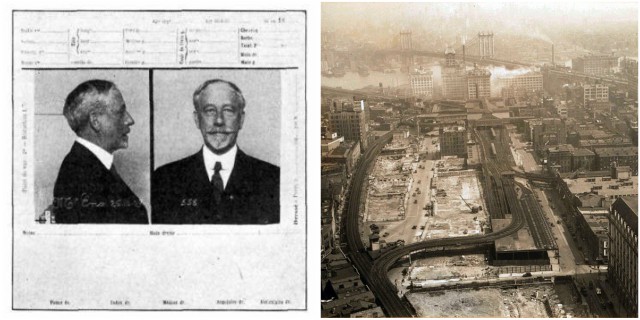William Phelps Eno was born on June 3, 1858, in New York City, United States. He comes from a wealthy family of businessmen and politicians and he was the youngest child of Amos Richards Enoand and his wife, Lucy Jane Phelps Eno.
He comes from a wealthy family of businessmen and politicians and he was the youngest child of Amos Richards Enoand and his wife, Lucy Jane Phelps Eno.
William attended Hopkins Grammar School in New Heaven, Connecticut, one of the oldest independent secondary school in the United States and in 1882 Eno graduated at Yale University where he was a member of the influential Association of Skull and Bones.
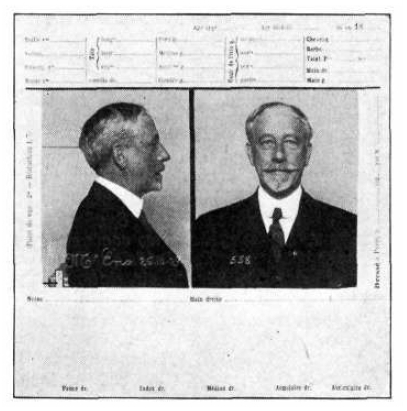
Eno started out in his family’s real estate business, but his interest in transportation led him to concentrate his spare time on traffic reform.
He is responsible for many of the earliest innovations in road safety and traffic control and he is known as the “father of traffic safety.”
It all started in 1867, even before the invention of a motor vehicle when Eno was only 9 years old and he and his mother were caught in a traffic jam in New York City.
The traffic jam was caused because by only about a dozen horses and carriages that were involved. All of them were confused and nobody knew exactly what to do. All that was needed was a little order to keep the traffic moving.
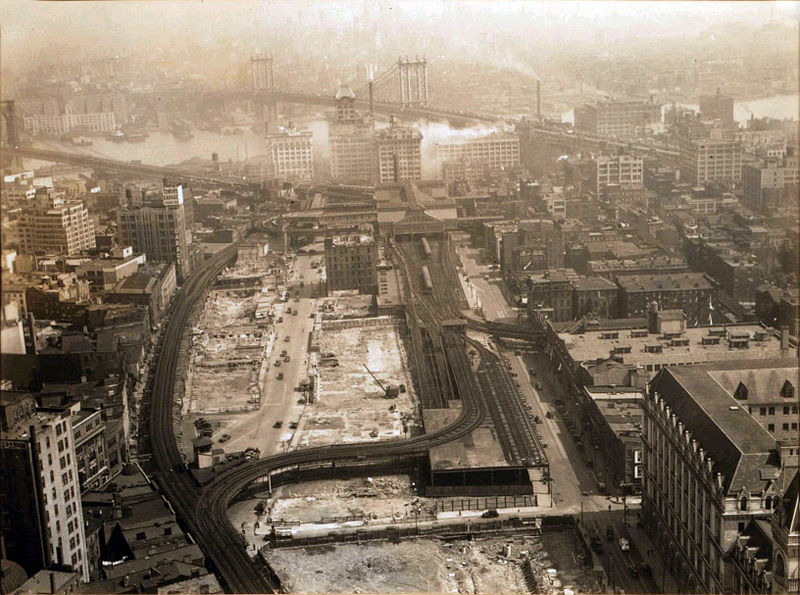
This particular event would remain in Eno’s memory and it will provoke him to come up with all of his inventions later in his life.
He left real estate business in 1899 when he was 40 years old and devoted the rest of his life to implementing his concepts for sane and orderly transportation. He became a key figure in the traffic-control awakening at the beginning of the 20th century.
Eno published a paper entitled Reform in Our Street Traffic Urgently Needed in 1900 and in 1903 he designed the Road Traffic Regulations for New York.
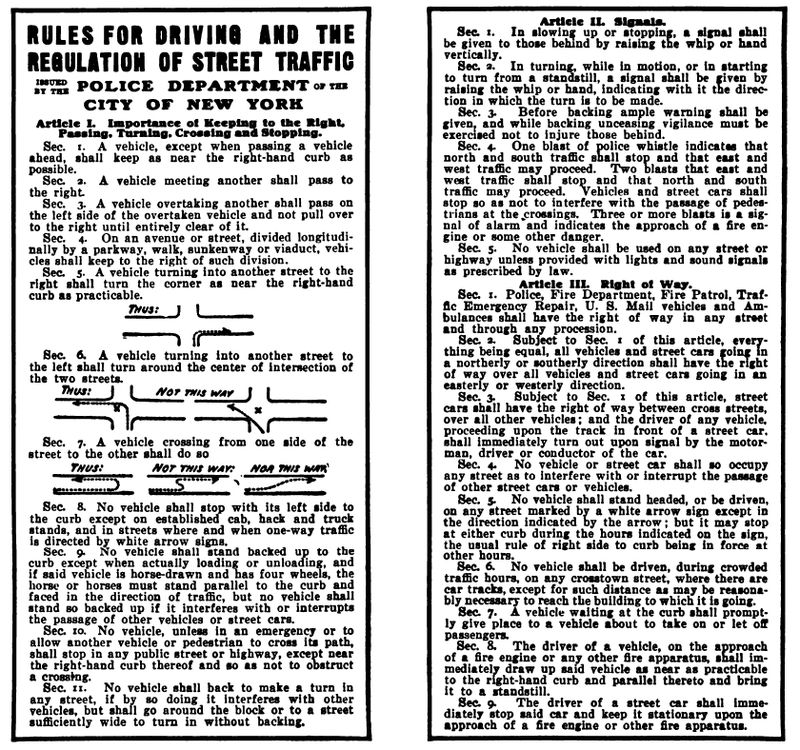
He developed the first traffic plans for New York City, London, and Paris. William Phelps Eno developed and led the fight for most of the traffic-flow innovations we now take for granted, including stop signs, one-way streets, taxi stands, traffic circles, and pedestrian safety islands.
Although he is known as the “father of traffic safety,” he never learned to drive a car himself. In 1921, he founded the Eno Foundation for Highway Traffic Control, a nonprofit foundation to promote road safety.
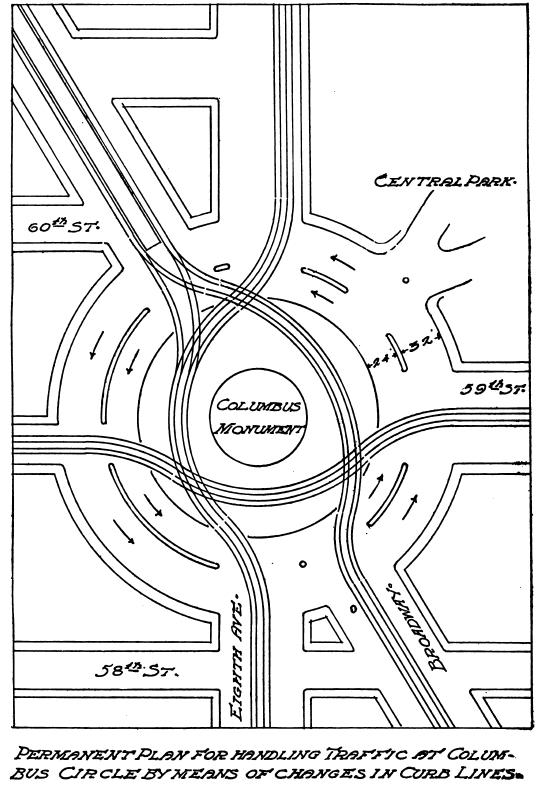
Eno was awarded the cross of the Legion of Honor by the French government after World War I because his traffic system allowed the French to speed 60,000 troops to Verdun to halt the German advance toward Paris and turn the tide of the war.
And how about this story from us: The Nazi Aircraft Fueled by…Coal
The “father of traffic safety,” William Phelps Eno, died in 1945 at the age of 86.
